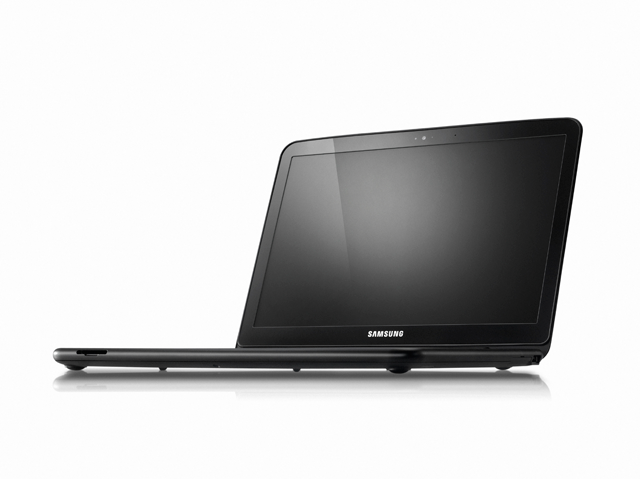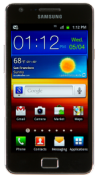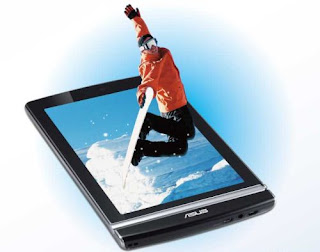When looking for a device that hooks up to your TV that streams movies and other content to the big screen, there are quite a few choices. These devices are called set-top boxes, and there are at least 10 well know and popular devices, with prices ranging from $55 to $299.
So if you're looking for a good set-top box, one that combines a pretty good price with a slick interface and great content selection,
Apple thinks they have the device for you.
The
Apple TV is a
$99 device that allows you to stream content directly from the Internet. Unlike some of the other options, the Apple TV has no built in storage, so, while you can connect via a network to
iTunes on your computer and stream content from there, everything else is just streaming it directly from the "cloud".
The Apple TV can access and stream movies and TV shows from the iTunes store. However, there is no way to purchase movies, only to rent them. An update out today allows users to buy TV shows directly, and stream them on demand from wherever they are. Users can also access and listen to or watch free podcasts, as well as access Apple's "Radio" feature.
Besides for Apple's own iTunes content, users can access content from
Netflix,
YouTube, and with this latest update,
Vimeo. Netflix, which we have mentioned in the
past, allows instant streaming of thousands of movies and TV shows, for a price that, at $7.99 a month, is probably cheaper than consuming all of your content via iTunes. YouTube and Vimeo, however, are free to use, and deliver a seemingly never-ending flow of great (and not so great) content.

And, if you aren't already watching way too much stuff, you can also watch every MLB or NBA game live with a subscription to
MLB.tv or
NBA.com League Pass Broadband. Both of these services are a little pricey, and you might run into blackout restrictions if the game you are trying to watch is available on "real TV" in your area.
 |
| Apple TV's Small Size |
But of course, there's more. Connecting your Apple TV to your computer running iTunes over WiFi will allow you to stream your entire music collection through your home theater setup. Pictures from your computer can also be viewed on your big screen TV.
To top it all off, the Apple TV can stream content playing on any iOS device (iPhone, iPad, iPod touch). To stream this content on the big screen, all you have to do is tap the "AirPlay" button, and, after initial setup, the content will suddenly be playing on the big screen.
At $99, and a 3.9 inch square size, the Apple TV seems like a great buy, and the recent update that adds Vimeo and TV show purchasing definitely makes it even more compelling. If you're in the market for a set-top box, and you have 100 bucks to spare, the Apple TV is a great choice for you.


























